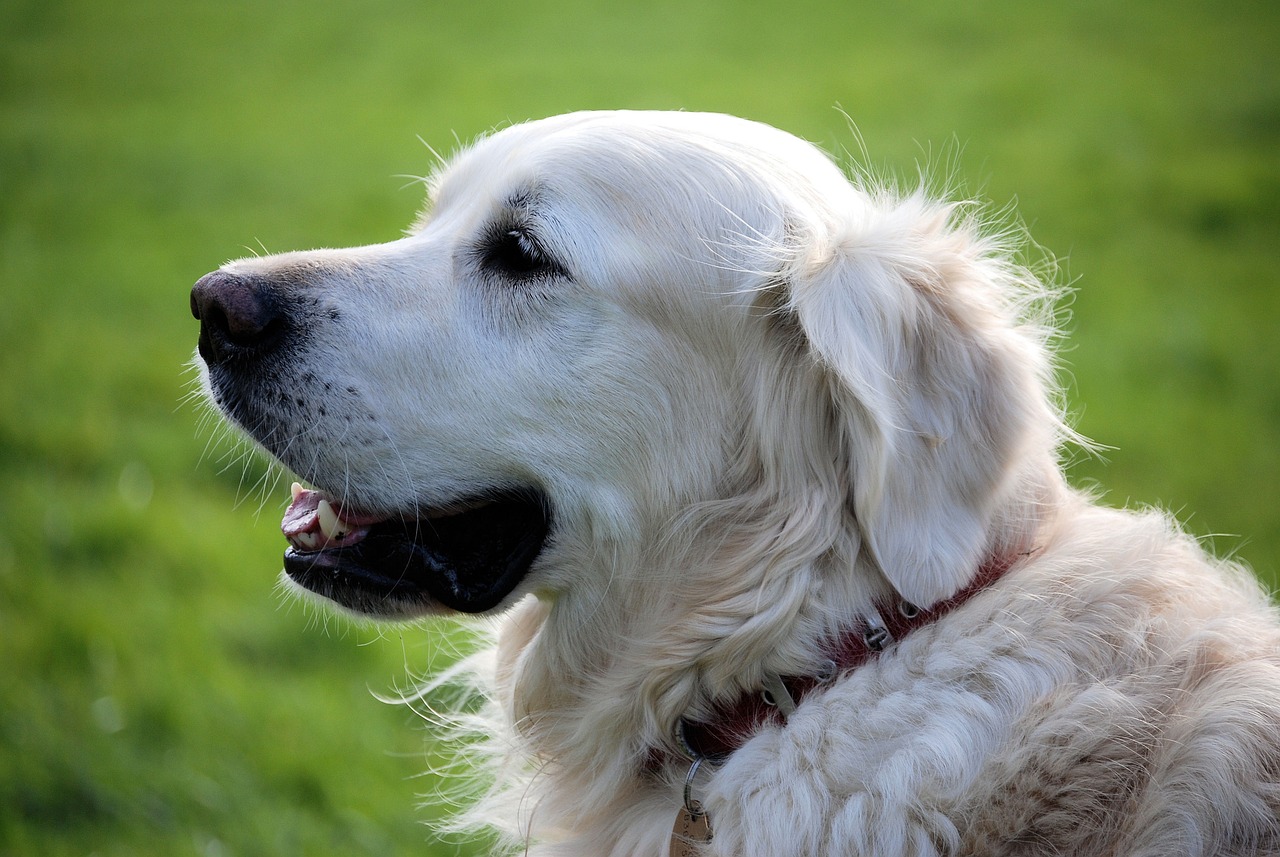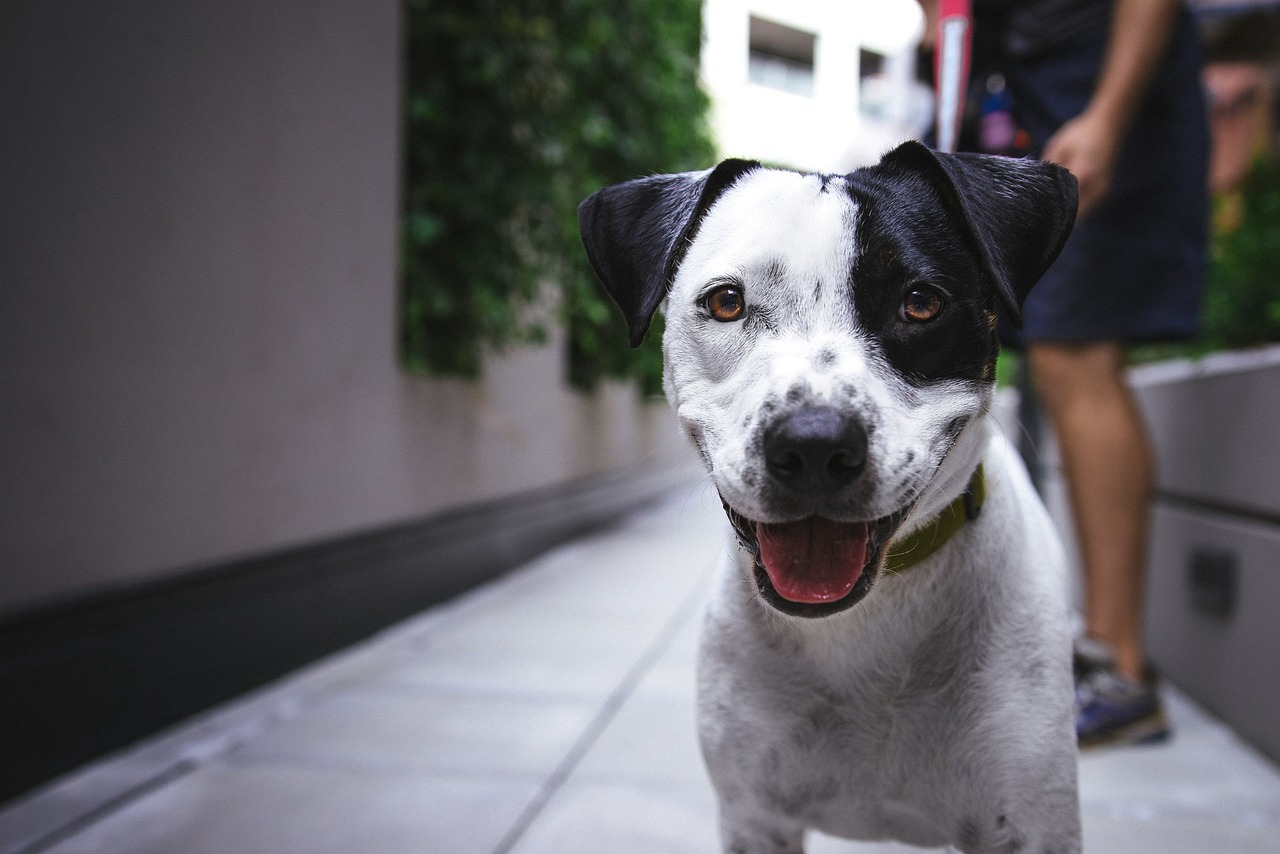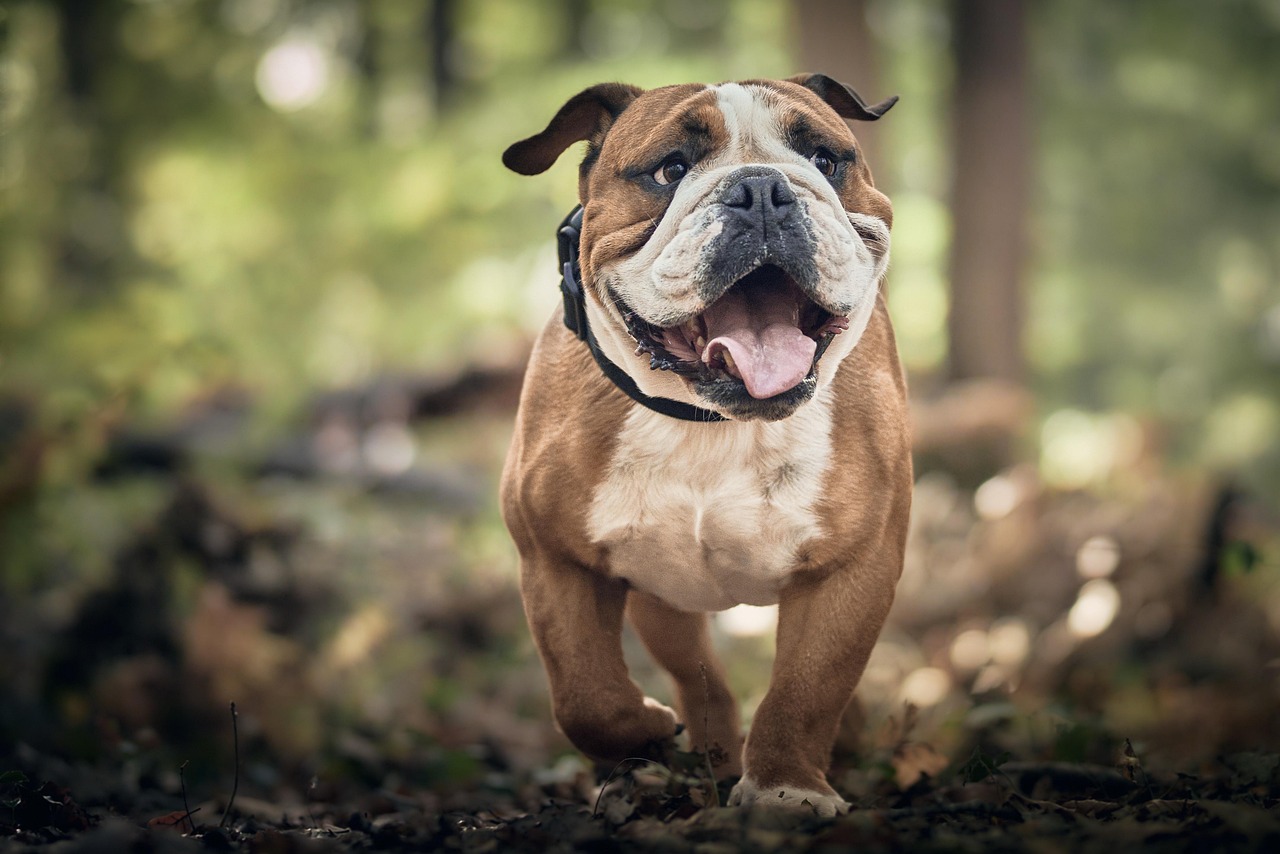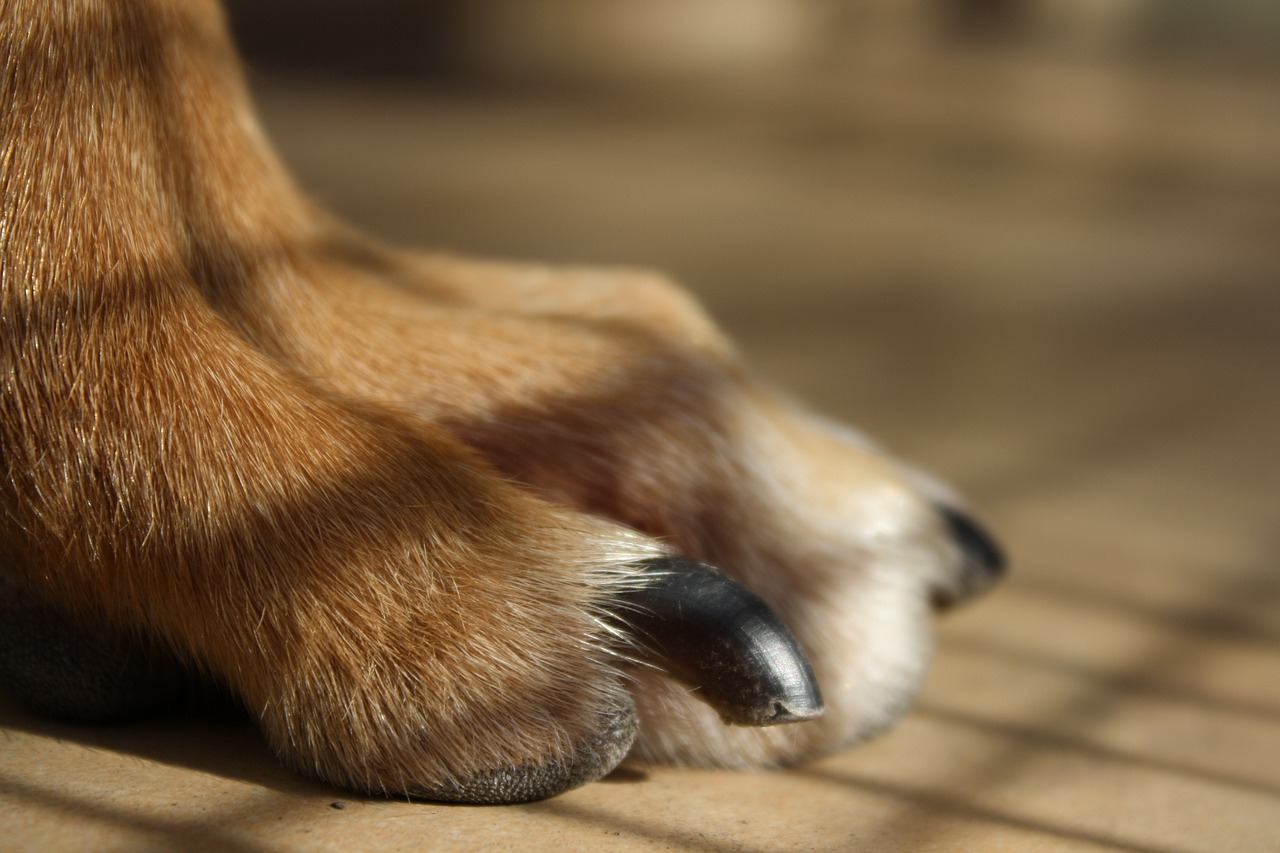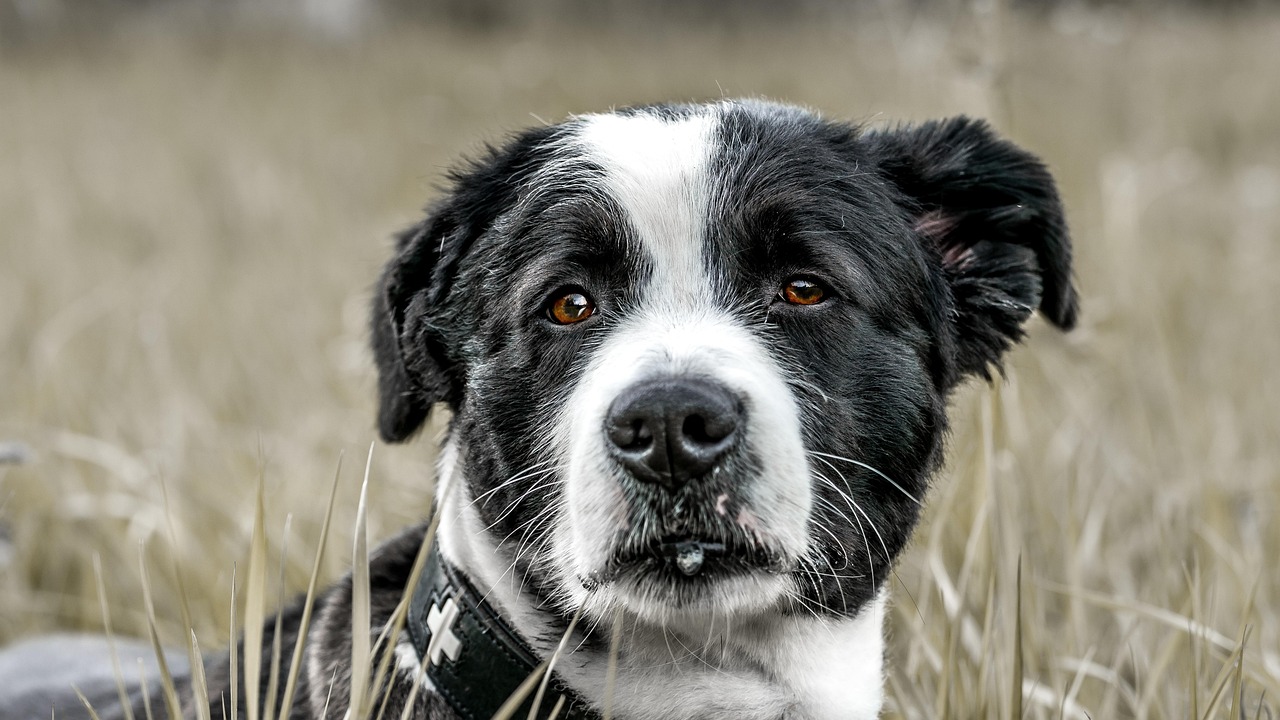This article delves into the risks associated with dog bite face injuries, effective prevention strategies, and treatment options designed to minimize scarring and the risk of infections. Understanding these aspects is crucial for both safety and recovery.
Understanding Dog Bite Injuries
Dog bite injuries can vary greatly in severity, especially when they occur on the face. These injuries can result in not only physical damage but also emotional distress. Common types of injuries include:
- Superficial wounds and scratches
- Deep puncture wounds
- Lacerations
- Potential nerve damage
Each type of injury has its own implications for health and appearance, making it essential to address them promptly.
Immediate First Aid for Dog Bites
Knowing how to respond immediately after a dog bite can significantly impact recovery. The first steps include:
- Cleaning the wound with soap and water
- Applying pressure to stop any bleeding
- Covering the wound with a clean bandage
When to Seek Medical Attention
Recognizing when a dog bite requires professional medical intervention is crucial. Signs that indicate the need for a doctor’s visit include:
- Signs of infection (redness, swelling, pus)
- Severe pain or bleeding
- Inability to move the affected area
Preventing Scarring After a Dog Bite
Preventing scarring is a primary concern for many after a dog bite. Effective methods include:
- Keeping the wound moisturized
- Using silicone gels or sheets
- Consulting a dermatologist for tailored treatment options
Long-Term Care and Monitoring
Long-term care is essential for ensuring proper healing and monitoring for complications. Key strategies include:
- Regular follow-up appointments with healthcare providers
- Being vigilant about signs of complications
Psychological Impact of Dog Bite Injuries
Dog bite injuries can have lasting psychological effects, especially when they occur on the face. Addressing trauma and anxiety through support systems and professional help is vital for a complete recovery.
In conclusion, understanding the risks, treatment options, and preventive measures associated with dog bite face injuries is essential. By being informed and proactive, individuals can minimize the impact of these injuries on their lives.
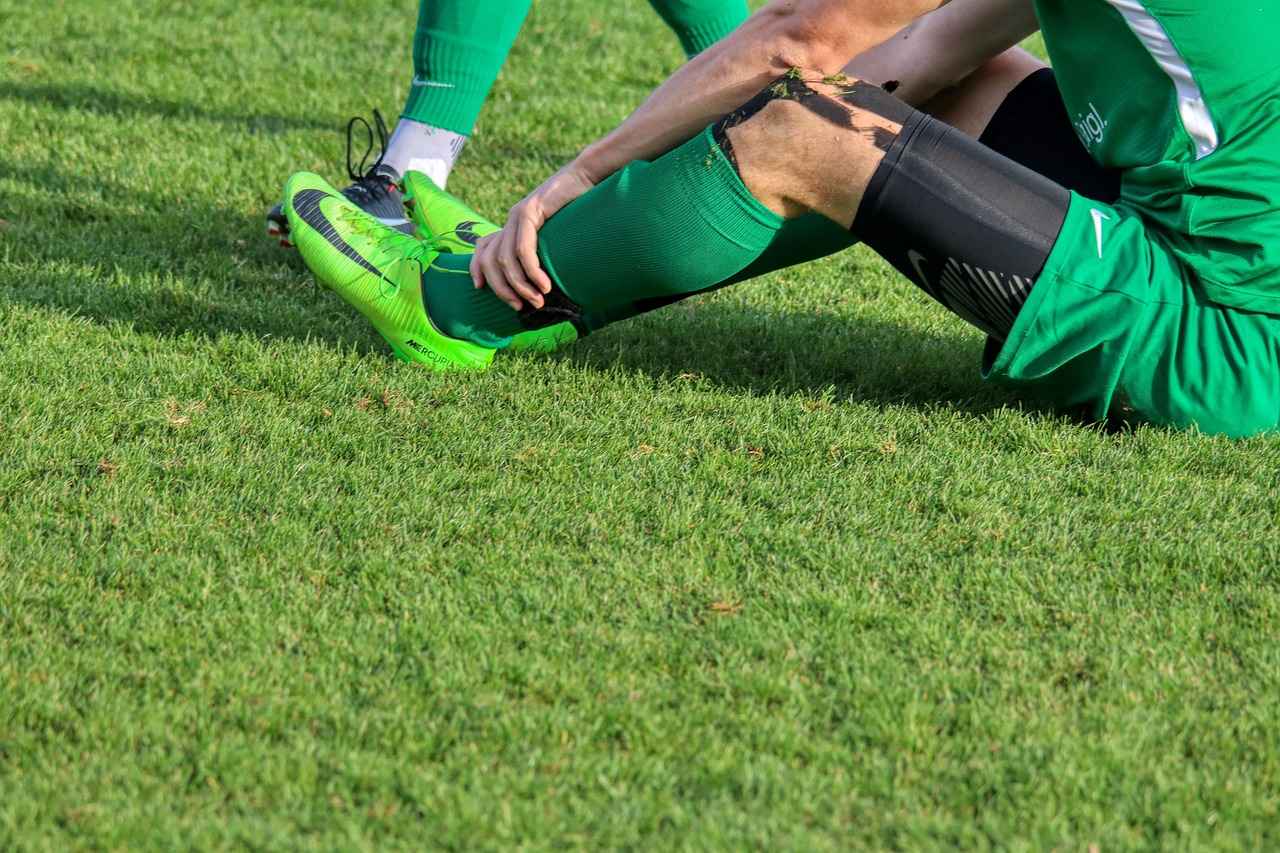
Understanding Dog Bite Injuries
Dog bite injuries can range from minor scratches to severe wounds, especially when they occur on the face. The severity of these injuries is influenced by several factors, including the size and breed of the dog, the location of the bite, and the victim’s age and health. Understanding the types of injuries that can result from a dog bite is crucial for effective treatment and recovery.
- Types of Injuries:
- Superficial Wounds: These are minor injuries that affect only the top layers of skin. They may cause bleeding but typically heal without significant medical intervention.
- Puncture Wounds: Caused by the dog’s teeth, these can be deep and may damage underlying tissues. They pose a higher risk of infection.
- Lacerations: These are deeper cuts that can result in significant bleeding and may require stitches. Facial lacerations can lead to scarring and affect appearance.
- Avulsions: In severe cases, a section of skin or tissue may be torn away. This type of injury often necessitates surgical intervention.
- Potential Impact on Health:
- Infection Risk: Dog bites can introduce bacteria into the body, leading to infections that may require antibiotics or further treatment.
- Scarring: Facial injuries, in particular, can result in permanent scars, which may affect self-esteem and mental health.
- Emotional Trauma: The experience of being bitten can lead to anxiety, fear of dogs, and other psychological effects.
In conclusion, understanding the various types of dog bite injuries and their potential consequences is essential for effective treatment and recovery. Awareness of the risks involved can help individuals take preventive measures and seek timely medical attention when necessary.

Immediate First Aid for Dog Bites
is a critical topic that everyone should be familiar with. Understanding how to react promptly can make a significant difference in the healing process and overall outcome of a dog bite injury. This section provides essential steps to follow immediately after a dog bite occurs.
First and foremost, it is vital to remain calm after a dog bite incident. Panic can lead to hasty decisions that may worsen the situation. Here are the crucial first aid steps to take:
- Assess the Injury: Determine the severity of the bite. If the wound is deep, bleeding heavily, or if the dog was unvaccinated, seek medical help immediately.
- Clean the Wound: Gently rinse the bite area with clean, running water for at least 5-10 minutes. This helps to remove dirt and bacteria.
- Disinfect: After cleaning, apply a mild antiseptic solution to the wound. This step is essential to reduce the risk of infection.
- Control Bleeding: If the wound is bleeding, use a clean cloth or bandage to apply gentle pressure until the bleeding stops.
- Cover the Wound: Once cleaned and disinfected, cover the injury with a sterile bandage to protect it from further injury and bacteria.
- Seek Medical Attention: If the bite is severe, or if you notice any signs of infection such as redness, swelling, or pus, consult a healthcare professional promptly.
It is also essential to monitor the wound for any signs of complications. Infections can arise from dog bites, so being vigilant about the healing process is crucial. If you experience increased pain, fever, or any unusual symptoms, do not hesitate to seek medical advice.
In conclusion, knowing the proper first aid steps to take immediately after a dog bite can significantly impact recovery and minimize health risks. Always prioritize safety and seek professional help when necessary.
Cleaning the Wound
When dealing with a dog bite, prompt and proper cleaning of the wound is crucial to minimize the risk of infection. The first step is to remain calm and ensure the safety of both yourself and the dog. Once you have secured the environment, follow these best practices for cleaning the injury:
- Wash Your Hands: Before touching the wound, thoroughly wash your hands with soap and water to prevent transferring any bacteria.
- Rinse the Wound: Gently rinse the bite area under running water for at least 5 to 10 minutes. This helps to flush out dirt, saliva, and any foreign particles.
- Use Mild Soap: If available, use a mild soap to clean the area around the wound. Avoid using alcohol or hydrogen peroxide directly on the wound, as these can irritate the tissue.
- Pat Dry: After rinsing, gently pat the area dry with a clean towel or sterile gauze. Avoid rubbing the wound, as this can cause further damage.
- Apply an Antiseptic: Once the area is clean and dry, apply a suitable antiseptic solution to help prevent infection. Look for products containing iodine or chlorhexidine for effective results.
- Cover the Wound: After applying antiseptic, cover the wound with a sterile bandage or dressing to protect it from dirt and bacteria.
It’s essential to monitor the wound for any signs of infection, such as increased redness, swelling, or discharge. If these symptoms appear, or if the wound does not improve within a few days, seek medical attention promptly.
Remember, while cleaning the wound properly can significantly reduce infection risks, it is also important to consult a healthcare professional for further evaluation and treatment, especially if the bite is deep or the dog is unknown.
Using Antiseptics
When it comes to managing wounds, particularly those resulting from dog bites, utilizing antiseptics is an essential step in the wound care process. Antiseptics play a crucial role in reducing the risk of infection and promoting healing. In this section, we will explore the most effective antiseptics available, their application methods, and best practices for ensuring optimal wound care.
Types of Effective Antiseptics
- Hydrogen Peroxide: Known for its bubbling action, hydrogen peroxide helps to cleanse wounds by removing debris and bacteria.
- Iodine Solutions: Products like povidone-iodine are effective in killing a wide range of pathogens, making them a popular choice for wound care.
- Chlorhexidine: This antiseptic is favored in both hospital and home settings for its long-lasting effects against bacteria.
- Alcohol Solutions: While effective at disinfecting, alcohol can be harsh on open wounds and should be used with caution.
Proper Application Techniques
1. Begin by washing your hands thoroughly with soap and water.2. Gently rinse the wound with clean water to remove any dirt or debris.3. Apply the chosen antiseptic using a sterile cotton ball or gauze pad.4. Allow the antiseptic to dry before covering the wound with a sterile bandage.5. Monitor the wound daily for signs of infection, such as increased redness, swelling, or discharge.
Minimizing Infection Risk
To further minimize the risk of infection, it is vital to keep the wound clean and dry. Change the dressing regularly and avoid touching the wound with unwashed hands. If you notice any signs of infection or if the wound does not heal properly, seek medical attention promptly.
In conclusion, the proper use of antiseptics is a fundamental aspect of wound care, especially in cases of dog bites. By selecting the right antiseptic and applying it correctly, you can significantly reduce the risk of infection and promote a smoother healing process.
When to Seek Medical Attention
When it comes to dog bites, understanding when to seek professional medical attention is essential for ensuring proper healing and preventing complications. While not all dog bites require a doctor’s visit, certain signs and symptoms indicate that medical intervention is necessary. This section aims to highlight these crucial indicators.
- Deep Wounds: If the bite has penetrated the skin significantly, it may require stitches or other medical treatment to promote healing and prevent infection.
- Excessive Bleeding: Persistent bleeding that does not stop after applying pressure for 10 minutes is a clear sign to seek medical help.
- Signs of Infection: Symptoms such as increased redness, swelling, warmth around the wound, or pus drainage are indicative of an infection that needs to be addressed promptly.
- Fever: A fever following a dog bite can signal an infection. If the individual develops a fever over 100.4°F (38°C), medical attention should be sought.
- Location of the Bite: Bites on the face, hands, or joints are particularly concerning due to the risk of complications and should be evaluated by a healthcare professional.
- Animal Behavior: If the dog was acting unusually aggressive or if the bite occurred during an unprovoked attack, it is important to consult a doctor regarding potential rabies exposure.
In conclusion, being aware of these signs can be the difference between a simple recovery and serious health complications. If any of these symptoms are present, it is imperative to seek medical attention as soon as possible. Prompt action can lead to better outcomes and a smoother healing process.
Understanding Infection Risks
Dog bite injuries can lead to a variety of complications, with infections being one of the most common and concerning. This section explores the different types of infections that may arise from dog bites and highlights the potential consequences if these infections are left untreated.
When a dog bites, the skin is often broken, allowing bacteria from the dog’s mouth and the surrounding environment to enter the wound. The most common types of infections associated with dog bites include:
- Cellulitis: A bacterial skin infection that can cause redness, swelling, and pain around the bite area.
- Abscess: A collection of pus that forms in response to infection, which can lead to increased pain and swelling.
- Osteomyelitis: An infection of the bone that can occur if bacteria spread from the bite wound, leading to severe complications.
- Tetanus: Although rare, tetanus can occur if the wound is contaminated and not properly treated.
- Rabies: A viral infection that can be transmitted through a dog bite, posing a serious health risk if the dog is infected.
If left untreated, these infections can lead to serious health complications, such as systemic infections that affect the entire body, prolonged recovery times, and in severe cases, even death. It is essential for anyone who suffers a dog bite to seek prompt medical attention, especially if they notice any signs of infection, which may include:
- Increased redness and swelling around the wound
- Pus or drainage from the bite site
- Fever or chills
- Increased pain or tenderness
In conclusion, understanding the risks of infection associated with dog bites is crucial for effective treatment and recovery. Timely intervention can significantly reduce the risk of serious complications, ensuring a smoother healing process.

Preventing Scarring After a Dog Bite
is a significant concern for many individuals, especially when the injury occurs on visible areas such as the face. Scarring can have both physical and emotional impacts, making it essential to adopt effective strategies to minimize its occurrence during the healing process. This section outlines various methods to help reduce scarring and promote optimal recovery.
- Keep the Wound Clean: The first step in preventing scarring is to ensure the wound is properly cleaned. Use mild soap and water to gently cleanse the area, removing any debris or bacteria that could lead to infection.
- Moisturize the Area: Keeping the wound moisturized is crucial. Use a recommended ointment or gel to maintain hydration, which can help the skin heal more effectively and reduce the risk of scar formation.
- Apply Silicone Gel Sheets: These sheets can be beneficial in minimizing scars. They work by hydrating the area and providing a protective barrier, which can help flatten and soften the scar tissue.
- Avoid Sun Exposure: Protecting the healing skin from direct sunlight is vital. UV rays can darken scars, making them more noticeable. Use a broad-spectrum sunscreen or cover the area with clothing when outdoors.
- Consult a Dermatologist: Seeking professional advice can provide tailored treatment options. A dermatologist can recommend specific therapies, such as laser treatments or chemical peels, to further reduce the appearance of scars.
In addition to these methods, patience is key. Scars may take time to mature and fade, and following a consistent care routine can significantly improve the outcome. Monitoring the wound for any signs of infection or unusual changes is also essential to ensure proper healing.
Ultimately, understanding how to care for a dog bite injury not only aids in preventing scarring but also enhances overall recovery. By implementing these strategies, individuals can promote healing while minimizing the long-term effects of their injuries.
Moisturizing and Protecting the Wound
Keeping the wound moisturized is essential for optimal healing. Proper moisture levels can help facilitate the body’s natural recovery processes, reduce the risk of scarring, and prevent further complications. In this section, we will explore various products and techniques that can be employed to effectively protect the wound area while it heals.
- Hydrogel Dressings: These dressings maintain a moist environment, which is crucial for promoting cell regeneration. They also provide a barrier against bacteria, reducing the risk of infection.
- Antibiotic Ointments: Applying a thin layer of antibiotic ointment can help prevent infection while keeping the area moisturized. Popular options include bacitracin and Neosporin.
- Natural Oils: Oils such as coconut oil or vitamin E oil can be beneficial for moisturizing the wound. They not only keep the area hydrated but also possess healing properties that can promote skin repair.
- Silicone Gel Sheets: Once the wound has closed, silicone gel sheets can be used to flatten scars and keep the area hydrated. They are particularly effective in preventing hypertrophic scars.
- Regular Cleaning: It’s important to clean the wound gently with mild soap and water before applying any moisturizing products. This helps to remove debris and bacteria that could impede healing.
In addition to using these products, it’s vital to protect the wound from external irritants. Covering the area with a sterile bandage can shield it from dirt and friction, which can exacerbate healing issues. Regularly changing the dressing will also help maintain cleanliness and moisture levels.
By implementing these techniques and utilizing appropriate products, individuals can significantly enhance the healing process and minimize the risk of long-term scarring. Always consult with a healthcare professional for personalized advice tailored to your specific situation.
Consulting a Dermatologist
When it comes to managing the aftermath of a dog bite injury, particularly on the face, seeking professional advice from a dermatologist can prove to be immensely beneficial. The skin on the face is delicate and more prone to scarring, making tailored treatment options essential for optimal healing.
Dermatologists possess the expertise to assess the severity of the injury and recommend specific treatments that can help minimize scarring. These treatments may include:
- Topical Treatments: Prescription creams and ointments can promote healing and reduce scar formation.
- Laser Therapy: This advanced technique can significantly improve the appearance of scars by resurfacing the skin.
- Chemical Peels: A dermatologist may suggest chemical peels to help exfoliate the skin and reduce scar visibility.
- Microneedling: This procedure stimulates collagen production, which can help improve skin texture and reduce scars.
Additionally, a dermatologist can provide personalized advice on post-injury skincare, emphasizing the importance of keeping the wound clean and moisturized. They can guide patients on the best products to use, which can further aid in the healing process.
Another crucial aspect of consulting a dermatologist is the ability to monitor the healing process. Regular check-ups can help identify any signs of complications early on, ensuring timely intervention if necessary. This proactive approach not only aids in physical recovery but also alleviates psychological stress associated with visible scars.
In conclusion, consulting a dermatologist after a dog bite injury is a vital step in minimizing scarring and ensuring proper healing. Their specialized knowledge and tailored treatment options can make a significant difference in recovery, restoring both physical appearance and emotional well-being.

Long-Term Care and Monitoring
are essential components in the recovery process following a dog bite face injury. Effective management of the healing process can significantly reduce the risk of complications and ensure proper recovery. This section elaborates on the strategies to implement for ongoing care after the initial treatment.
After the immediate response to a dog bite, consistent follow-up care is crucial. It is important to establish a routine that includes regular assessments of the injury site. This not only helps in tracking the healing progress but also in identifying any potential issues early on.
| Care Strategy | Description |
|---|---|
| Daily Wound Inspection | Check for signs of infection such as redness, swelling, or discharge. |
| Moisturizing Treatments | Apply recommended creams or ointments to keep the area hydrated. |
| Follow-Up Appointments | Schedule visits with a healthcare provider to monitor healing. |
| Recognizing Complications | Be aware of symptoms that indicate possible complications. |
One of the key aspects of long-term care is recognizing the signs of complications. Patients should be educated about symptoms such as increased pain, fever, or unusual discharge, which may indicate an infection or other issues. Promptly addressing these concerns can lead to more effective treatment and better outcomes.
Additionally, regular follow-up appointments with healthcare providers are vital. These visits allow for professional assessment of the healing process and provide an opportunity for adjustments in care as needed. Maintaining open communication with medical professionals ensures that any emerging issues can be tackled swiftly.
In conclusion, long-term care and monitoring play a pivotal role in the recovery journey after a dog bite face injury. By implementing a structured care plan and staying vigilant for complications, patients can enhance their healing process and minimize the risk of lasting effects.
Recognizing Signs of Complications
When dealing with dog bite injuries, it is crucial to monitor the healing process closely. can make a significant difference in the outcome of recovery. This section outlines the key symptoms to be vigilant about during the healing phase.
- Increased Redness: While some redness around the wound is normal, excessive redness that spreads beyond the initial injury site may indicate an infection.
- Swelling: Mild swelling is typical, but if the swelling worsens or does not subside after a few days, it could be a sign of complications.
- Pus or Discharge: The presence of pus or any unusual discharge from the wound is a clear indicator of infection, which requires immediate medical attention.
- Fever: A fever developing after a dog bite can signal a systemic infection. If the temperature rises above 100.4°F (38°C), it is essential to consult a healthcare provider.
- Increased Pain: While some discomfort is expected, a significant increase in pain or tenderness around the wound may suggest complications that need to be addressed.
- Delayed Healing: If the wound shows no signs of improvement after a week or begins to worsen, it is critical to seek professional advice.
Being alert to these signs can help in early detection of complications, allowing for timely intervention. Remember, prompt action can prevent more severe issues and promote better healing outcomes.
In conclusion, staying vigilant during the recovery process is vital. Regular check-ups with a healthcare provider can further ensure that any complications are managed effectively.
Follow-Up Appointments
are a critical component of the healing process after a dog bite injury, particularly when the injury is located on the face. Regular visits to healthcare providers are essential not only for monitoring physical recovery but also for addressing any potential complications that may arise.
During these appointments, healthcare professionals can assess the healing progress of the wound, ensuring that it is closing properly and showing no signs of infection. Infections can significantly hinder recovery, leading to more severe health issues and increased risk of scarring. Regular check-ins allow for timely interventions if any complications are detected.
Moreover, follow-up appointments provide an opportunity for patients to discuss any concerns they may have regarding their recovery. This includes questions about pain management, wound care, and cosmetic outcomes. Engaging in open dialogue with healthcare providers can lead to tailored advice that meets the individual needs of the patient.
Another crucial aspect of follow-up appointments is the psychological support they can offer. Experiencing a dog bite can be traumatic, especially when it affects the face. Healthcare providers can help identify signs of emotional distress and recommend appropriate resources or referrals to mental health professionals if necessary.
In conclusion, the significance of regular follow-up appointments cannot be overstated. They play a vital role in ensuring a smooth recovery, minimizing complications, and addressing both physical and emotional health concerns. By prioritizing these check-ins, patients can enhance their healing process and work towards a full recovery.

Psychological Impact of Dog Bite Injuries
Dog bite injuries can have profound and lasting psychological effects, particularly when they occur on visible areas such as the face. The emotional and mental health aspects of recovery are often overlooked, yet they play a crucial role in the healing process. Understanding these impacts can help victims seek appropriate support and treatment, fostering a more comprehensive recovery.
Experiencing a dog bite can lead to a range of emotional responses, including trauma, anxiety, and even depression. Victims may develop a fear of dogs or social anxiety, especially if the incident was severe or unexpected. This fear can hinder their ability to engage in daily activities and social interactions, significantly affecting their quality of life.
To address these psychological challenges, it is essential to incorporate coping strategies into the recovery process. Cognitive-behavioral therapy (CBT) has proven effective in helping individuals manage anxiety and trauma-related symptoms. This therapeutic approach encourages victims to confront their fears and develop healthier thought patterns, ultimately aiding in emotional recovery.
Moreover, establishing a strong support system is vital. Friends, family, and support groups can provide the necessary emotional backing during the healing journey. Engaging with others who have faced similar experiences can foster a sense of community and understanding, making the recovery process feel less isolating.
In addition to therapy and support networks, self-care practices such as mindfulness, meditation, and journaling can be beneficial. These activities promote mental well-being and help individuals process their emotions in a constructive manner.
In conclusion, the psychological impact of dog bite injuries is significant and multifaceted. By recognizing the emotional challenges that accompany physical injuries, victims can seek the appropriate support and resources to facilitate their recovery. Addressing both the physical and psychological aspects of healing is crucial for achieving a balanced and comprehensive recovery.
Addressing Trauma and Anxiety
Experiencing a dog bite can be a traumatic event, leading to significant emotional distress, including trauma and anxiety. The psychological impact of such an incident can linger long after the physical wounds have healed. In this section, we will explore effective coping strategies and therapeutic options to support individuals as they navigate their recovery journey.
Firstly, it is essential to acknowledge that feelings of fear, anger, or sadness are normal responses to a dog bite. Recognizing these emotions is the first step toward healing. Here are some strategies that can help:
- Talk Therapy: Engaging with a mental health professional can provide a safe space to express feelings and work through trauma. Cognitive Behavioral Therapy (CBT) is particularly effective in addressing anxiety and fear.
- Support Groups: Connecting with others who have experienced similar incidents can foster a sense of community and understanding. Sharing experiences can be therapeutic and provide valuable insights.
- Mindfulness and Relaxation Techniques: Practices such as meditation, deep breathing, and yoga can help reduce anxiety levels and promote emotional well-being.
- Gradual Exposure: For those who develop a fear of dogs after the incident, gradual exposure therapy can help reintroduce them to dogs in a controlled and safe environment.
In addition to these strategies, it is crucial to maintain a healthy lifestyle during the recovery process. Regular physical activity, a balanced diet, and adequate sleep can significantly enhance mental resilience.
Lastly, consider seeking guidance from a licensed therapist who specializes in trauma recovery. They can tailor a plan that addresses individual needs and helps in navigating the emotional aftermath of a dog bite.
In conclusion, while the psychological effects of a dog bite can be profound, there are numerous resources and strategies available to aid in recovery. By taking proactive steps and seeking support, individuals can work towards overcoming their trauma and anxiety.
Support Systems and Resources
Support systems play a vital role in the emotional recovery process for individuals affected by dog bite injuries. The aftermath of such incidents can be overwhelming, not only due to physical pain but also due to psychological stress. Therefore, having access to various resources and support networks is essential for healing.
Individuals recovering from dog bite injuries may experience a range of emotions, including fear, anxiety, and depression. Engaging with support groups can provide a sense of community and understanding. These groups often consist of individuals who have faced similar challenges, making it easier to share experiences and coping strategies.
Here are some valuable resources and support networks:
- Local Support Groups: Many communities offer support groups specifically for trauma survivors. These groups provide a safe space to express feelings and receive encouragement.
- Online Forums: Websites and social media platforms host forums where individuals can connect with others who have experienced dog bite injuries. These platforms allow for anonymity and can be less intimidating for those who are hesitant to seek in-person support.
- Professional Counseling: Seeking help from a licensed therapist can be beneficial. Professionals can offer coping strategies and therapeutic techniques to help individuals navigate their emotions.
- Helplines: Many organizations provide helplines where individuals can talk to trained counselors. These services are often available 24/7, offering immediate support when needed.
Additionally, educational resources can empower individuals by providing information about the recovery process and what to expect. Understanding the physical and emotional healing journey can alleviate some anxiety associated with recovery.
In conclusion, having a robust support system is crucial for anyone recovering from a dog bite injury. Utilizing available resources can significantly enhance emotional recovery and promote a sense of normalcy in life.
Frequently Asked Questions
- What should I do immediately after a dog bite?
First things first, clean the wound with soap and water to remove any dirt or bacteria. Apply an antiseptic to help prevent infection. If the bleeding doesn’t stop or the wound looks severe, seek medical attention right away!
- How can I prevent scarring from a dog bite?
To minimize scarring, keep the wound moisturized and protected. Use silicone gel sheets or ointments recommended by a dermatologist. It’s also crucial to avoid picking at scabs, as this can worsen scarring.
- When should I see a doctor for a dog bite?
If the bite is deep, bleeding heavily, or shows signs of infection (like redness, swelling, or pus), it’s time to see a doctor. Additionally, if the dog is unknown or unvaccinated, medical advice is essential.
- What are the signs of infection I should watch for?
Keep an eye out for increased redness, swelling, warmth around the wound, and any unusual discharge. If you experience fever or feel unwell, don’t hesitate to contact a healthcare professional.
- How can I cope with the psychological effects of a dog bite?
It’s normal to feel anxious or traumatized after a dog bite. Talking to a therapist or joining a support group can help. Surrounding yourself with supportive friends and family is also beneficial for emotional healing.


